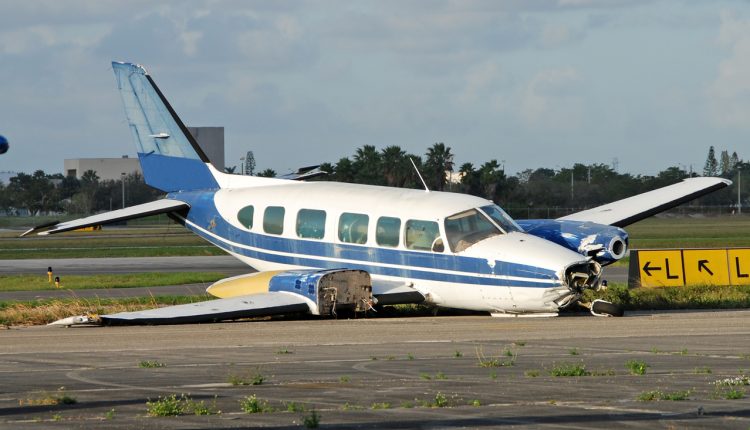5 Steps to Take After an Aviation Accident
Sometimes, we get into situations in which we have no control.
Aviation accidents are catastrophic. Their effects can be long-term or permanent on the victims. Common aviation accident injuries include broken bones, brain injuries, emotional trauma, burns, and back and spinal cord injuries. An aviation accident may also lead to wrongful death.
These accidents may be due to engine failure, communication issues, FAA violations, system malfunction, defective aircraft components, weather, pilot error, or lack of maintenance. Knowing what to do after an aviation accident can help ensure full recovery and compensation. This post discusses five steps to take after an aviation accident.
#1 – Seek immediate medical care
Seeking immediate medical care after an aviation accident is essential regardless of whether it is hazardous, minor, major, or negligible. Whether your injuries seem minor or you feel okay, seeing a medical professional helps ensure you have no internal injuries or others that take time to manifest. It also keeps minor injuries from developing into severe health issues that take longer to treat and recover from and require a lot of money.
Immediate medical attention ensures proper diagnosis and quick recovery. Not seeking prompt medical help is detrimental to your health and your personal injury claim. If you plan to file a personal injury case, your medical records are crucial for strengthening your claim.
#2 – Determine who’s liable for the accident
While some aviation accidents are nobody’s fault, most entail a degree of human error. If the accident was due to someone’s negligence, you, the victim, are entitled to compensation for your injuries and losses. However, you must first identify the negligent individual so they’re held accountable for their actions. The cause and type of accident determine the responsible party in an aviation accident.
The guilty parties may include pilots, aircraft controllers, the plane’s owner, aircraft manufacturers, or commercial airline companies. To prove liability in an aviation accident lawsuit, you must show how the responsible party’s negligence contributed to the accident.
#3 – File an aviation accident lawsuit
If you’re injured or lost a loved one in an aviation accident that could have been prevented, you have a legal right to file a lawsuit for compensation. You deserve compensation for lost wages or support, medical expenses, pain and suffering, wrongful death, disfigurement, funeral expenses, continuing treatment, and the distress you were forced to cope with. Ensure your case is filed per your state’s statute of limitations for aviation lawsuits.
#4 – Gather evidence
The burden of proof in an aviation accident lies with you, the plaintiff. You need sufficient evidence to convince the court beyond reasonable doubt that the respondent is liable for the accident. The evidence should include your medical records, photos of the runway or plane, communications from the airline’s insurance carrier or the airline, and pictures of your injuries. You can use fellow victims as witnesses, leverage black box recordings, or find qualified aviation experts to testify in your aviation accident case.
#5 – Hire an aviation accident attorney
A skilled aviation accident attorney can successfully handle your case to ensure maximum compensation. They use their invaluable experience to investigate the accident, collect evidence, determine liability, calculate damages, and secure fair compensation while ensuring justice is served. An aviation accident handles the case on your behalf, responds to all the aviation accident questions you may have, and advises you accordingly.
Endnote
What you do after an aviation accident determines the compensation amount you get. Following these steps after an aviation accident can help you receive maximum compensation.




